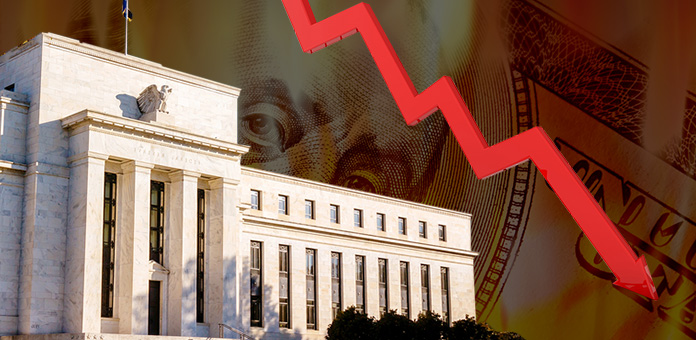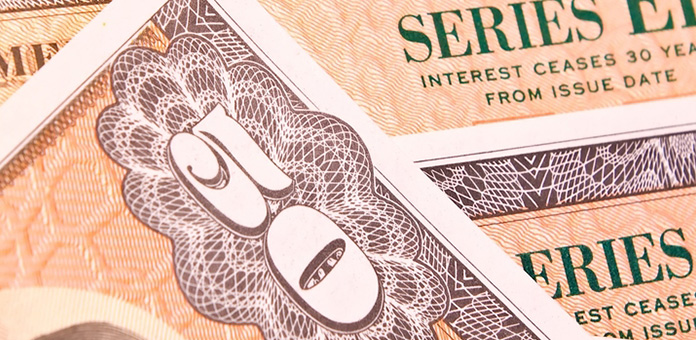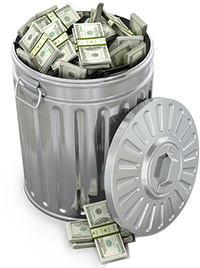
“The Fed Put A 50% Tax On Your Retirement Plan.” 1
This is the title of a recent article in Forbes, and as dramatic as it sounds, it unfortunately tells only part of the story of the past decade. Worse yet, this tax will continue if Fed Chairwoman Yellen has her way.
Inflation’s Impact on Purchasing Power
The key to any investment strategy is to increase the net value of assets held over time. However, many people look only at absolute numbers, and they may wrongly take comfort in rising balances. The real test of value is not prices or dollar totals. Rather, it is a function of purchasing power.
For example, if it takes $10 to purchase an item today, and you want to purchase that same item in the future, you have to ensure you have enough dollars to purchase at the future price. If the item sells for $15 in the future, you must increase the value of your dollars by 50 percent in that same time, or you’ll have to spend more dollars due to lower purchasing power.
It is inflation that causes prices to rise over time. When prices rise and are based on paper currency, the value of an individual unit of currency declines over time. The greater the rate of inflation, the greater the loss in value in the currency held. If efforts aren’t made to ensure the rate of return on a portfolio is greater than inflation, there is a net loss in value.
Inflation’s Role in Diminishing Returns

While inflation is bad for any investor, it is an insidious problem for retirement plans. Most people save over long periods on the assumption of a compounded increase in value of their savings and assets. However, there is a twofold loss of value due to inflation when there is no net return. That is the situation that the Forbes article is addressing.
The situation holds two negative outcomes for the trillions of dollars now held in American retirement accounts.
1. No Return on Investment

First, there have been no returns to speak of for a decade, and the most optimistic forecast is for 3 percent or so—in 2019! 2
For much of the past decade, the 10-year Treasury has yielded less for holders than at any time since 1870, excepting a brief dip in 2012. Even during the Great Depression, 10-year Treasuries did not go this low, in spite of deflation. Even worse, today’s 10-year Treasury yield has essentially no inflation priced into its market.
One reason is that massive amounts of money have flowed into U.S. Treasuries from European investors. They are seeking safe havens and avoiding negative yields. Moreover, they enjoy greater returns when they exchange their dollars back into euros, yen, and other currencies.
To add to the equation of bad news, any rise in 10-year Treasury yields will undercut their price: just one percentage point brings about a 9 percent drop, and a two-point increase doubles the damage.
Uneven Inflation
Of course, the other side of the dilemma is inflation. Central banks talk about a “target of a 2 percent inflation rate” as a healthy level. 3 We are now seeing that reported rate here in the U.S., and a much higher rate in certain basic areas, such as food, health care, and housing. 4
Gold as a Safe Haven
When combined, these factors make it a true struggle to increase the value of investment portfolios with traditional low-risk assets. It is this reality that has investors turning to gold in historic numbers. Gold not only offers a safe haven against uncertain global economic situations, it is a proven hedge against the guaranteed erosion of value caused by inflation. 5
Additional Sources
2 – http://www.fool.com/retirement/2017/01/15/heres-how-much-the-average-american-has-saved-in-i.aspx
3 – http://www.economist.com/blogs/economist-explains/2015/09/economist-explains-7
4 – https://www.blackrockblog.com/2017/01/26/inflation-skulking-back/
5 – http://www.gold.org/supply-and-demand/gold-demand-trends/back-issues/gold-demand-trends-q3-2016/investment


